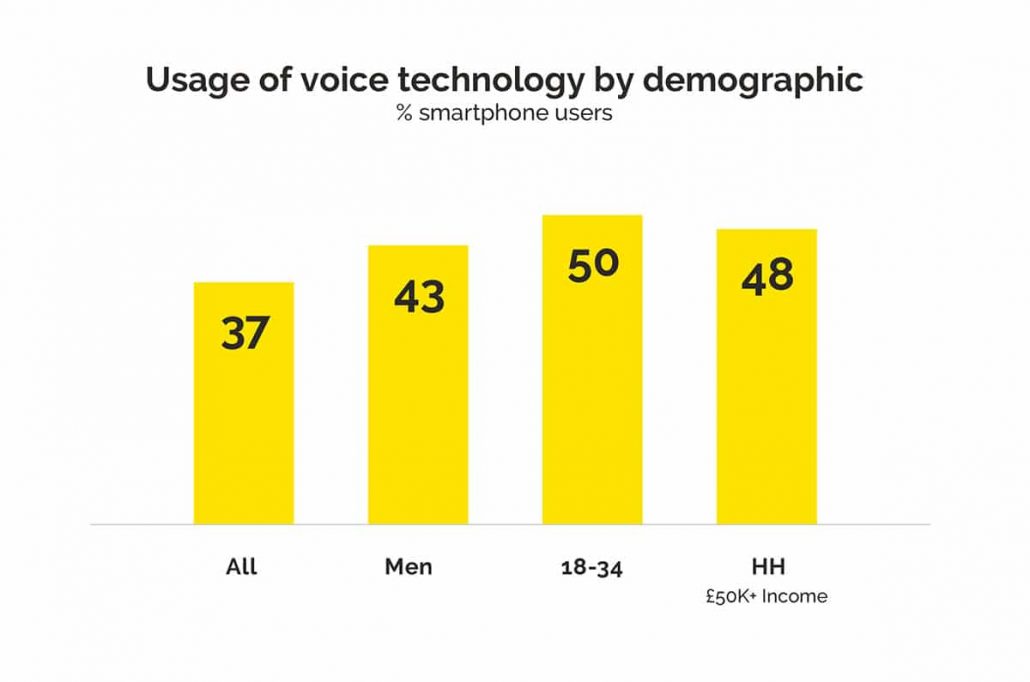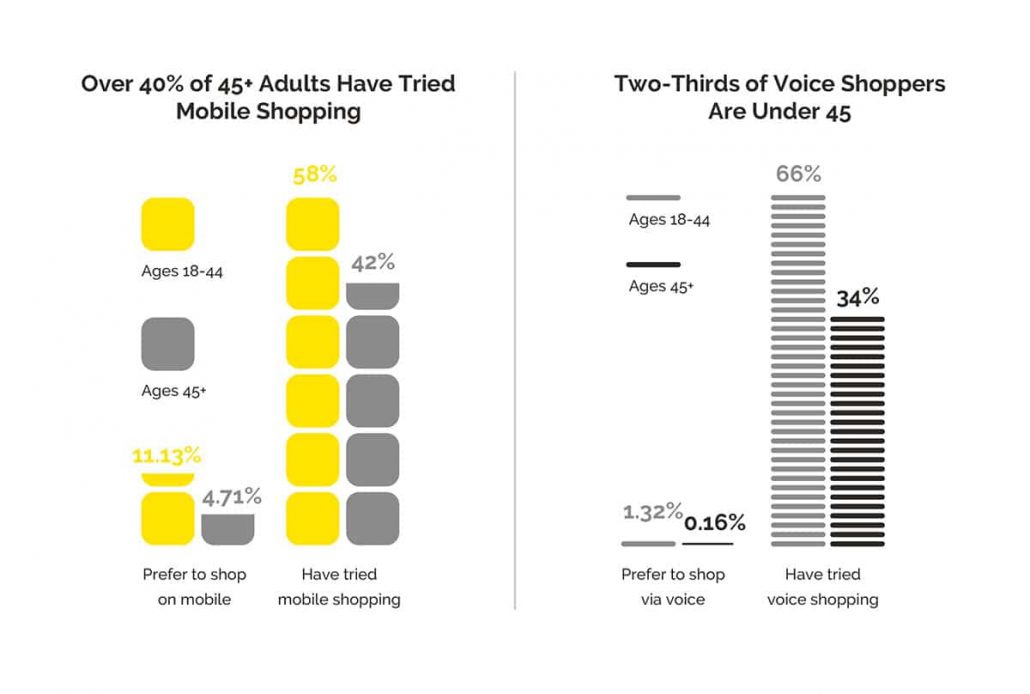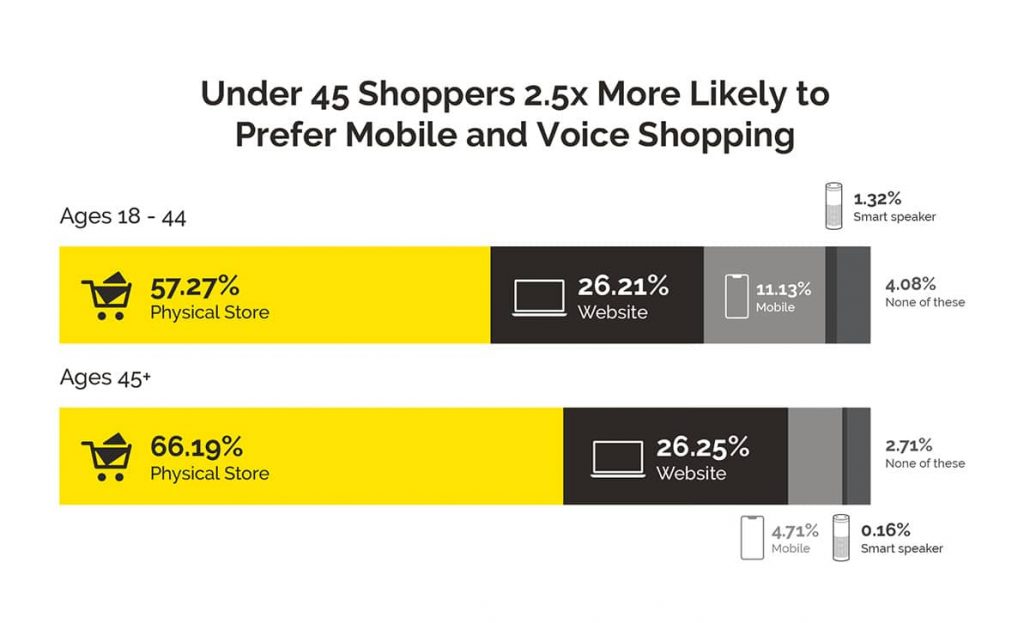Demographics, commerce and proximity – 3 things marketers need to know about voice
Voice search is the revolutionary channel opening up to affluent young males as well as a wider consumer base looking for local inspiration
Voice is on the verge of changing search forever and that has significant repercussions for SEO. However, voice search goes way beyond rethinking keyword targeting and revisiting content marketing strategies.
There is a far bigger picture at play that marketers need to be aware of before they consider how to tap into the voice revolution. Voice-savvy brands will want to get an idea of who is leading voice search, what they are using it for and, just as importantly, where.
Search is the most common application for voice technology
Voice technology is often written off as a gimmick focused on setting alarms, playing music and asking fun questions. To some extent that is true, but J Walter Thomson’s research shows that online search is the most popular use for voice technology
The popularity of online search using voice technology means two things. Firstly, digital marketers have to adapt their content marketing/SEO strategy to take into account the different way keywords function in relation to voice. Secondly, that although as the graph above shows, voice commerce is at the lower end of the usage spectrum, voice commerce is happening and gaining traction. That means there is significant room for growth as marketers try to close the gap between online search and voice transactions. As brands become more aware of Alexa skills and Google functions, marketers need to be thinking about how they can readily convert voice search activity into transactions. Voice technology appeals to difficult to reach demographics
One of the most significant opportunities to arise from voice search could be voice technology’s user demographic. When ad agency J Walter Thomson conducted research into more than a thousand British voice users, the results were clear. Men tend to use voice services more than women, people aged between 18 and 34 are the most common age bracket and those with an income of over £50k are more likely to use voice than those on lower incomes.
Who is pushing voice commerce?
The younger age group is of most interest to marketers because, although voice commerce is in its infancy, Voysis research reveals two in three early adopters are aged under 45.
This is reflected in attitudes to shopping channel preference. Physical stores are still, naturally, the lead purchasing route for most consumers. However, the under 45s are not only more likely to try voice commerce, but they are also more inclined to prefer it to other channels. The margins are small but as voice search develops through its infancy, it seems like the under 45s will be leading the charge.
Mobile voice is local voice. It’s all about proximity
Mobile was the birthplace of voice search. Although a lot of media attention has focussed on the rise of smart speakers, it is vital marketers understand the opportunity offered by mobile voice search. When people speak into their mobile device they are three times more likely to make a search based on location than if they had typed a query into their search app.
This means marketers need to ensure their content marketing strategy, particularly the websites for each brand or store outlet, is set up properly. Every location a business operates from needs to be registered, or ‘claimed’, through the Google My Business service. Opening hours for each location need to be correctly entered for each store so customers are not frustrated if shopping times or office hours are not the same across every part of the business.





